- Phones:86136 0232 5617
- Telephones:0769-22277627
- Liaison:Alva Huang
- Email:huang@sapling.ltd
- Address:No.28, Yuanzhou Industrial Road, Shangjia Community, Wanjiang Street, Dongguan City, Guangdong Province, China
Watch Out the Indoor Pollutants
Source: Sapling Editorial Release time:2024-02-25 17:39
During the winter months, indoor air quality can be affected by various pollutants that homeowners should be aware of to maintain a healthy living environment. Here are some indoor air pollutants to watch out for during winter:
Particulate Matter: Particulate matter, including dust, dirt, and soot, can accumulate indoors during winter due to increased heating and reduced ventilation. These particles can exacerbate respiratory issues and allergies, especially in individuals with sensitive respiratory systems.
Carbon Monoxide (CO): Improperly maintained heating systems, gas furnaces, and wood-burning stoves can produce carbon monoxide, a colorless and odorless gas that is highly toxic. Exposure to high levels of carbon monoxide can lead to symptoms such as headache, dizziness, nausea, and even death in severe cases.
Volatile Organic Compounds (VOCs): VOCs are emitted by household products such as paints, varnishes, cleaning agents, and air fresheners. In winter, when windows and doors are often closed, VOC concentrations can build up indoors, leading to respiratory irritation and long-term health effects.
Mold and Mildew: High humidity levels and poor ventilation during winter can create ideal conditions for mold and mildew growth. These fungi release spores and allergens into the air, which can trigger allergic reactions and respiratory issues, particularly in individuals with asthma or allergies.
Allergens: Indoor allergens like pet dander, dust mites, and pollen can become more concentrated during winter as people spend more time indoors. Regular vacuuming, dusting, and laundering of bedding can help reduce allergen levels and alleviate allergy symptoms.
Radon: Radon is a radioactive gas that can seep into homes through cracks in the foundation or walls. It is the leading cause of lung cancer among non-smokers and can accumulate to dangerous levels indoors, particularly during winter when homes are sealed tightly to conserve heat.
Secondhand Smoke: Smoking indoors can release harmful chemicals and carcinogens into the air, contributing to indoor air pollution and endangering the health of occupants, especially children and non-smokers.
To mitigate the impact of these indoor air pollutants during winter, homeowners can take steps such as ensuring proper ventilation, using air purifiers with HEPA filters, maintaining heating systems and appliances, and avoiding smoking indoors. Regular cleaning and maintenance routines can also help minimize indoor air pollution and create a healthier indoor environment for occupants.
Featured Products MORE+
-

Suitable for Xiaomi PRO H Blue Cartridge
-
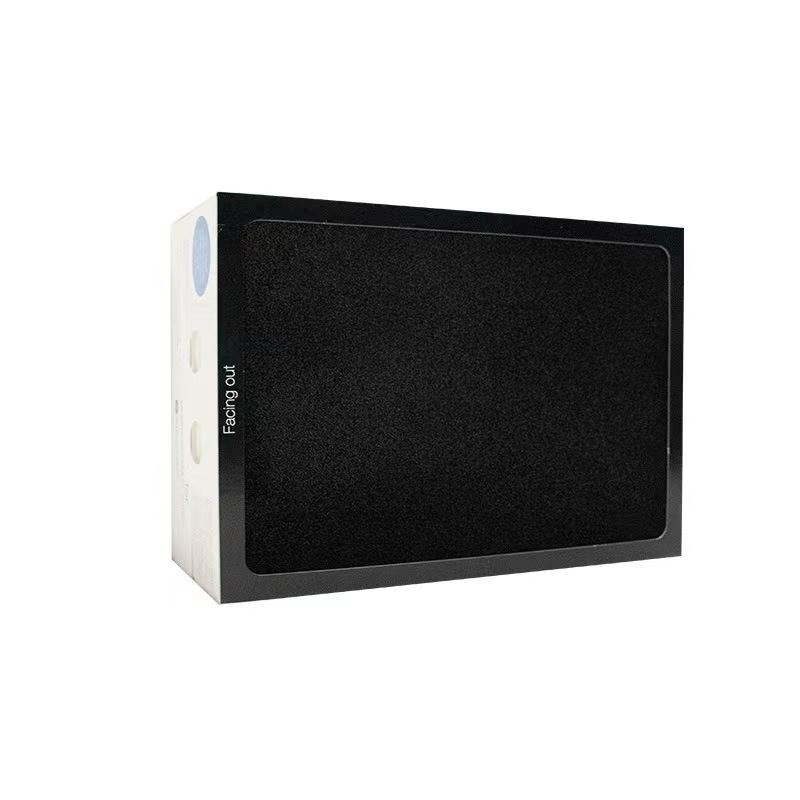
Suitable for Blueair 500 600 series purifier cartridges.
-
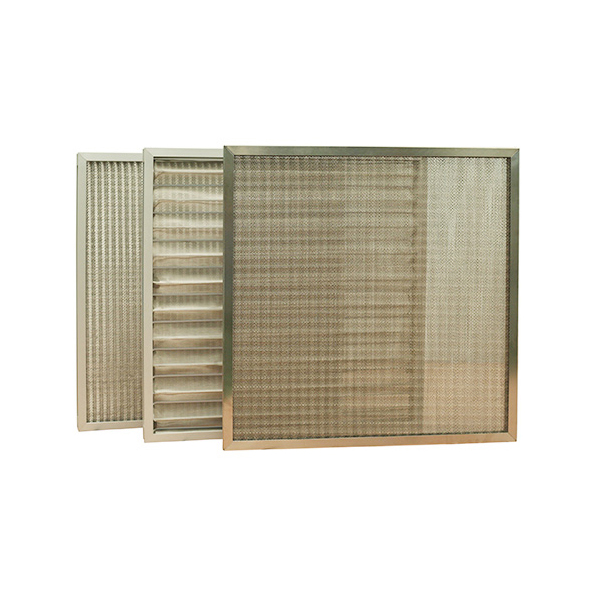
Metal Mesh Filter
-
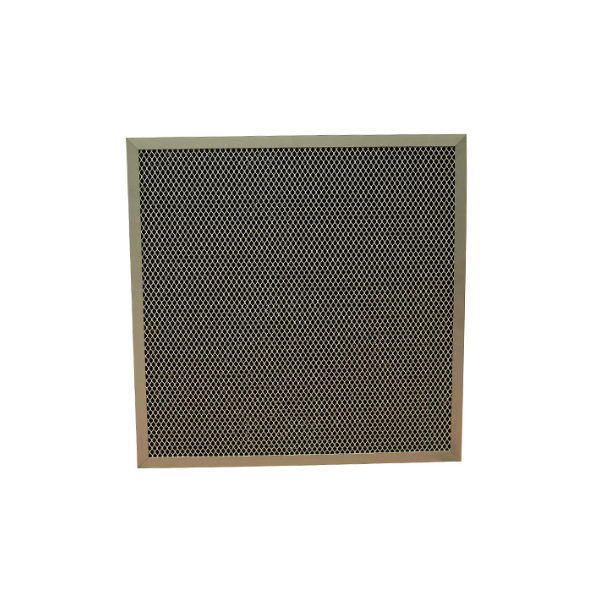
Nylon mesh primary filter
-
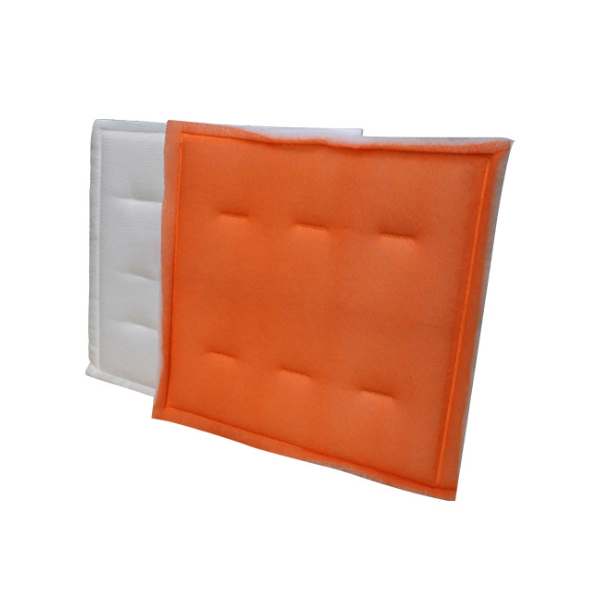
Primary Panel Filter
-
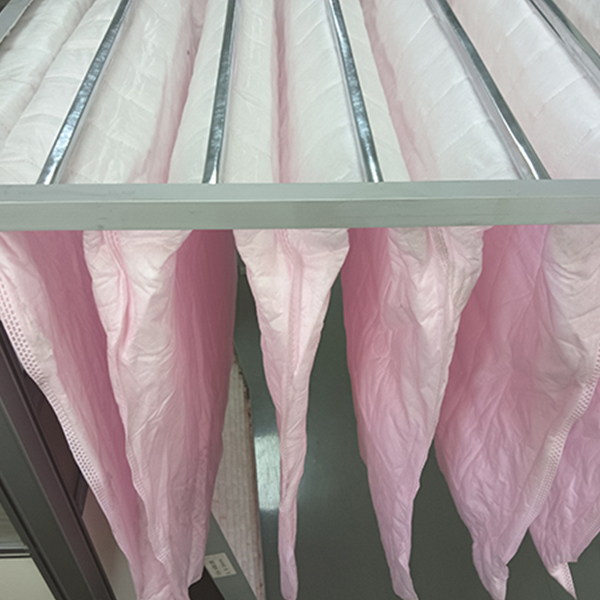
Primary bag filter
-
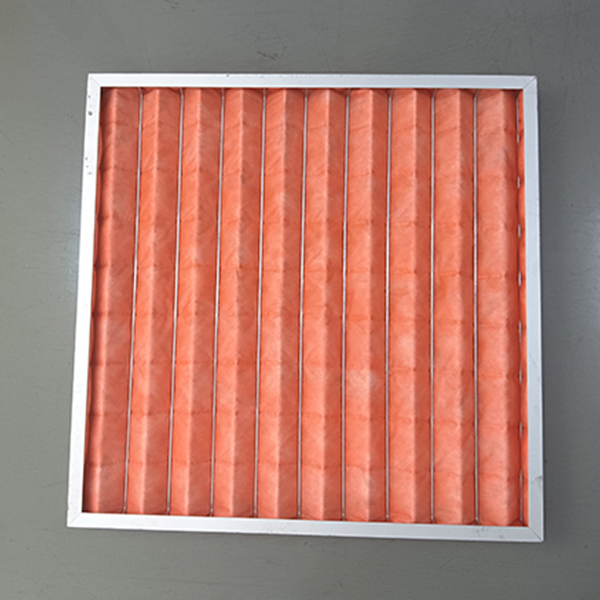
Primary effect panel filter
-
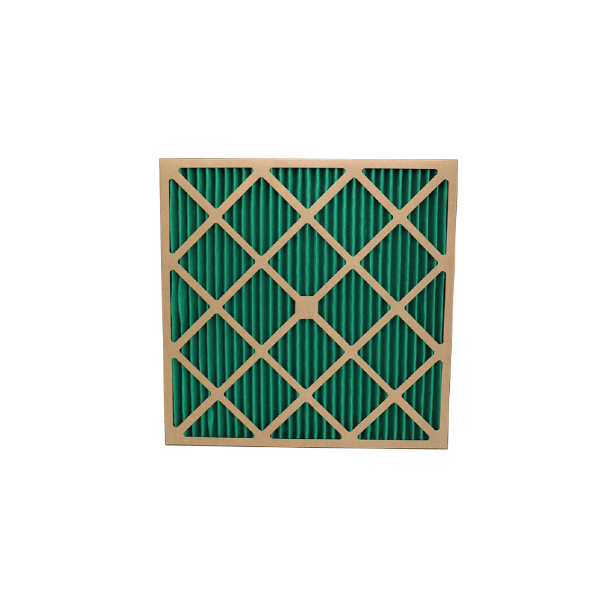
Glass Fibre Wool Intermediate Efficiency Filter
-
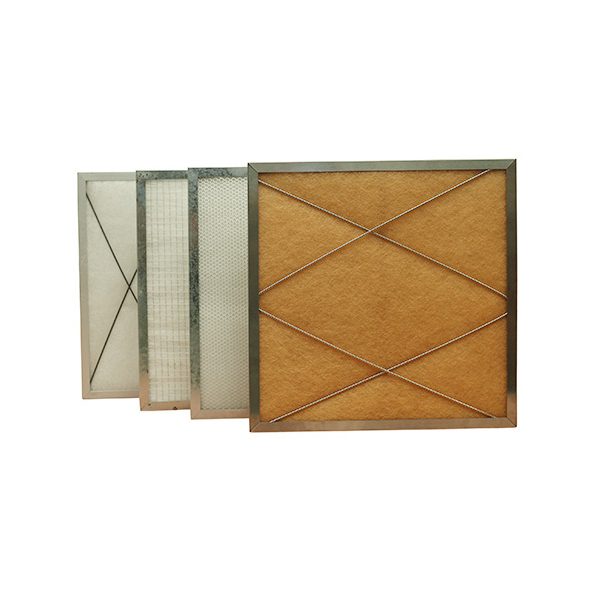
Plate-type high-temperature resistant medium-effect filter
Featured News MORE+
- Watch Out the Indoor Pollutants2024-02-25
- It's Essential to Consider Several Factors Before Purchasing Air Filters for Home2024-02-25
- Features & Benefits of HEPA Filters2024-02-25
- Let's Calculate the Air Volume of the HEPA2024-01-24
- Do You Know Primary Effect Paper Frame Filter2024-01-24
- MERV and HEPA2024-01-24








